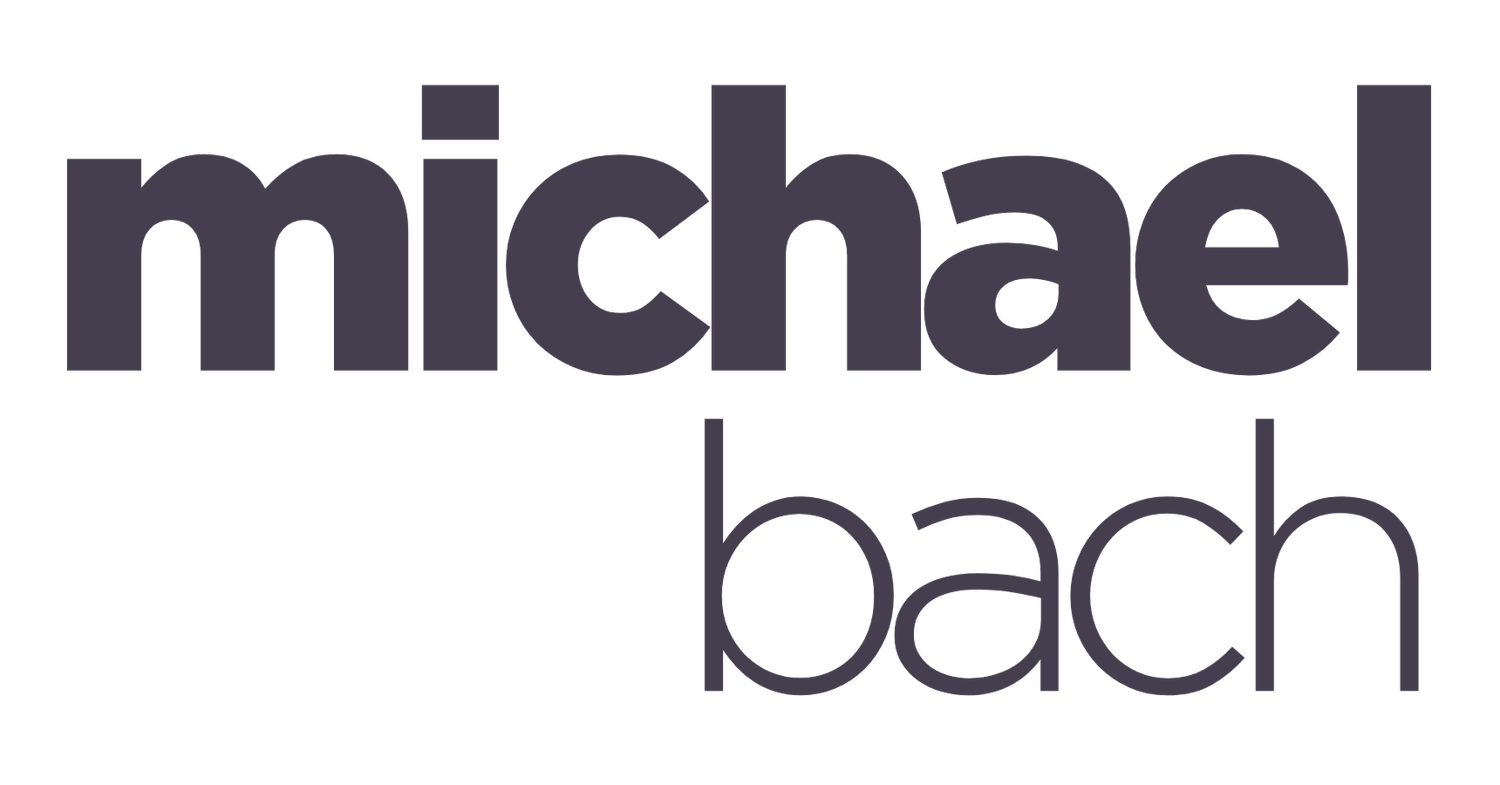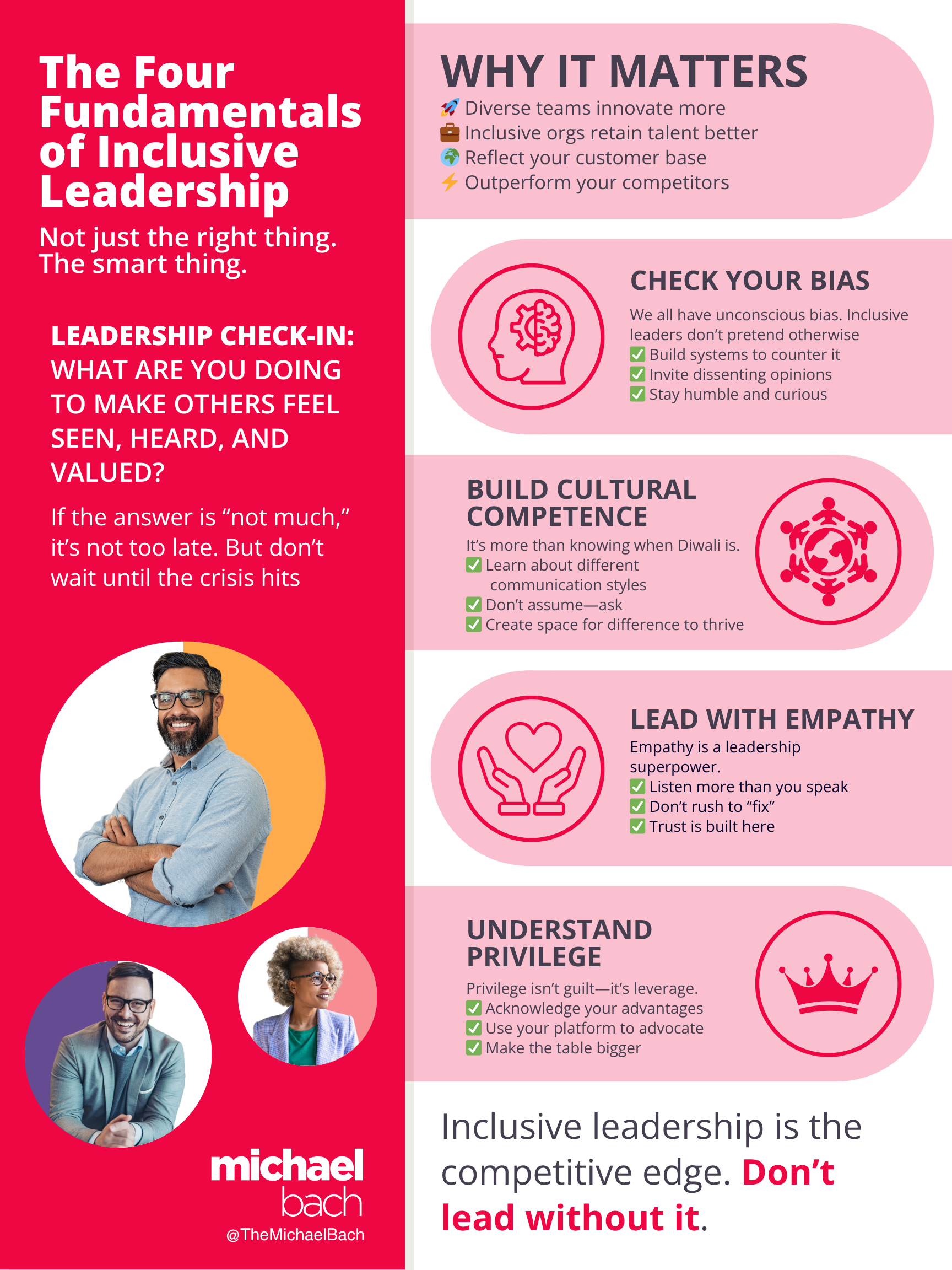Inclusive Leadership: Not Just the Right Thing. The Smart Thing
Let’s get one thing out of the way: leading inclusively is not about being nice. It’s not about fluffy feelings or hugging it out in a circle while holding hands. (Unless that’s your thing—in which case, I hope your workplace has hand sanitizer.) Inclusive leadership is about strategy. It’s about building environments where everyone, regardless of what makes them different, can thrive and contribute fully. And spoiler alert: when people thrive, organizations thrive.
Yet, we still treat inclusion like it’s something “extra.” Like it’s the sprinkles on top of the cupcake, not the flour that holds the whole thing together.
Well, it’s time we fix that thinking.
Let’s Talk About Bias (Yes, Yours Too)
We all have biases. You, me, your cat. Okay, maybe not your cat, but you get the point. These biases are mental shortcuts our brains take to keep things simple, but sometimes they drive us straight into a wall.
Inclusive leaders acknowledge that their decision-making isn’t always as impartial as they’d like to think. They create systems to check their blind spots—whether that’s structured hiring processes or simply surrounding themselves with people who challenge their thinking.
Pretending you’re “objective” is like claiming you’ve never Googled your symptoms and convinced yourself you have six months to live. Let’s be real. Inclusive leadership starts with self-awareness.
Cultural Competence: More Than Knowing When Diwali Is
Here’s the thing: being able to work with people from different cultures isn’t about memorizing holidays or having “diversity training” once a year while everyone pretends to listen. Cultural competence is about understanding that not everyone navigates the world—or the workplace—the same way. And it isn’t just about “ethnocultural” identities—it’s about all forms of difference.
Do you need to become an expert in every culture on the planet? No. That’s exhausting. But you do need to be curious. You need to listen, to adapt, and sometimes—brace yourself—not make assumptions.
Cultural competence means understanding that difference isn’t a problem to solve. It’s an opportunity to grow.
Empathy Isn’t Just a Buzzword
You know those leadership memes on LinkedIn that say, “Empathy is the new KPI”? Well, they’re not entirely wrong. Empathy might not show up on your balance sheet, but it has a real impact on your people—and your results.
Inclusive leaders put themselves in others’ shoes, not just when it’s convenient. That means listening more than talking, asking questions instead of making declarations, and not jumping to “fix” someone else’s experience just because it makes you uncomfortable.
Empathy isn’t soft. It’s smart. It builds trust, it opens communication, and—plot twist—it’s what actually makes people want to stay and do great work.
Privilege: Not a Dirty Word
Every time I bring up privilege, someone somewhere clenches. Having privilege doesn’t mean your life’s been a cakewalk. It just means that some parts of the system are tilted a little more in your favor, whether you realize it or not.
Recognizing your own privilege is the opposite of weakness. It’s a strength. Because when you know where your advantages lie, you’re in a better position to help level the playing field for others.
Inclusive leaders don’t feel guilty about privilege. They use it. They use it to advocate, to elevate, to get more seats at the table (and ideally, a bigger table).
Why This Actually Matters
Let’s be honest: inclusion isn’t a “nice to have” anymore, nor is it a “left” or “right” thing—it’s a “get it right or get left behind” kind of deal. See what I did there?
The data is clear. Diverse and inclusive teams perform better. They’re more innovative, make better decisions, and reflect the realities of the markets they serve. And by the way, Gen Z (aka the future of your workforce) can smell performative diversity from a mile away. If your idea of inclusion stops at a rainbow logo in June, good luck keeping them around.
Inclusive leadership is a competitive advantage. Not a trend. Not a checkbox. Not a line item you cut when times get tough.
So, What’s the Bottom Line?
Inclusive leadership is about being intentional. It’s about doing the work—even when it’s messy, even when it’s hard, even when someone says, “Do we really need this?”
Yes, we really need this.
Because inclusive leadership isn’t about doing the right thing—it’s about doing the smart thing. For your people. For your performance. For your community. For the economy. For our country. And for the kind of future we all claim to want.
Want to lead inclusively? Start by checking your ego at the door, picking up a mirror, and asking, “What am I doing to make space for others to succeed?” If the answer is “not much,” the good news is you can change that.
Just don’t wait until the next diversity crisis hits your inbox. By then, it’s already too late.
Learn more about Michael’s speaking topic, The Four Fundamentals of Inclusive Leadership: The secret ingredients to turn people into inclusive leaders.

